Manuals matter – which exotic cars have the biggest stick-shift premium?
We can shout all we want about its merits of tactility and driver engagement, but the sad truth is that the stick shift is rapidly approaching extinction in new cars. The issues driving this phenomenon are both consumer-level and systemic; according to Cars.com data, fewer than 2 percent of new vehicle sales in 2020 were manuals, no doubt buoyed by the fact that most manufacturers wouldn’t sell you a manual even if you wanted. Conversely, the collector car market doesn’t reflect that trend at all. It’s quite the opposite, as nearly every vehicle in the Hagerty Price Guide is worth more with a manual when one is available.
Maybe in 50 years, a manual gear lever will be a curious old-car quirk, operating a clutch pedal will be considered an arcane skill, and the ease of use offered by automatic and dual-clutch transmissions will be reflected in prices. For now, though, manual transmissions are absolutely en vogue within the collector car community. Nowhere is this more true than in later exotic cars from the 1990s and 2000s.
Often showroom duds when they were new, cars with stick shifts are highly prized among collectors and enthusiasts now. We scoured our data to discern in what sectors of collector market the three-pedal shuffle hits the hardest, and modern-era exotics came out as a clear winner. From there, we picked out the examples for which a manual represents the most value.
1995-03 Ferrari 456
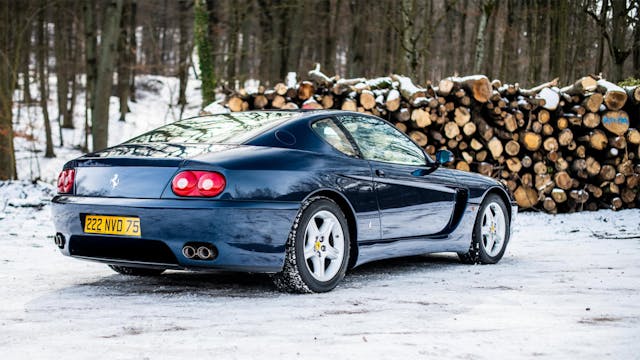
Despite Pininfarina lines, a throaty V-12, and a star-studded roster of owners that includes both Shaq and Michael Schumacher, the 456 remains one of the more underappreciated Ferraris. Its (comparably) supple ride, expansive interior, and long-legged attitude meant it was also commonly equipped with an automatic over Maranello’s delicious six-speed gated manual transmission. What’s more, the 456 was also built before Ferrari offered everything with it’s “F1-style” single-clutch automated manual, so automatic 456s are automatics through and through, torque converter and all.
The 456 sold for over $200,000 when it was new before quickly falling into “cheap Ferrari” territory, with decent ones trading for under $50,000 not all that long ago. That’s changed quite recently—at least for the stick shift “GT” versions—and the 456 is a perfect example of how in-demand manuals on late-model exotic cars have become. Ten years ago, manual and auto versions of this 2+2 were fairly similar in value. Now, the stick shift cars are worth over twice as much.
2005-10 Ferrari 612 Scaglietti
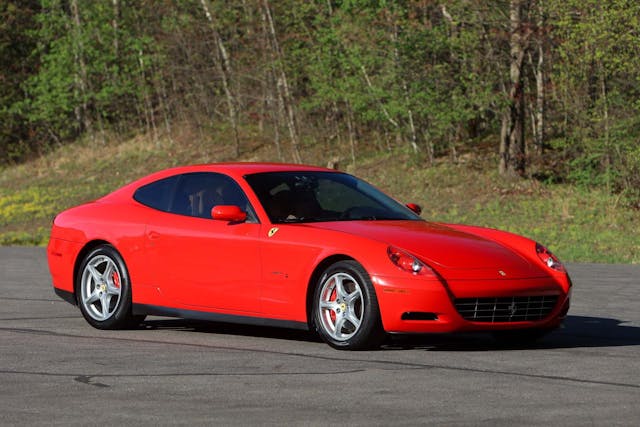
(+120% for manual)
The 612 took Ferrari’s 2+2 torch from the 456, and though it’s not the most exciting iteration of the cavallino rampante, it represented a substantial leap forward in terms of both tech and design thanks to its aluminum spaceframe and F1-style single-clutch gearbox. And, since the 612 was more of a relaxed, mature Ferrari (nearly half of all buyer interest comes from Baby Boomers), most buyers eschewed the third pedal for two shift paddles. A manual was technically available, but of the 3,025 cars built, just 199 got a stick.
This scarcity is why our price guide assigns a 120 percent premium for a three-pedal 612, on top of its current #2 (Excellent) value of $121,000. Last year in Monterey, a manual 612 finished in rare Nuovo Grigio Ingrid sold for a whopping $324,000. More recently in 2022, a 15,000-mile car sold for $294,000, and a 41,000-mile car sold for $201,000. One more up for auction this month has a presale estimate of $200,000 – $250,000.
2004-14 Lamborghini Gallardo
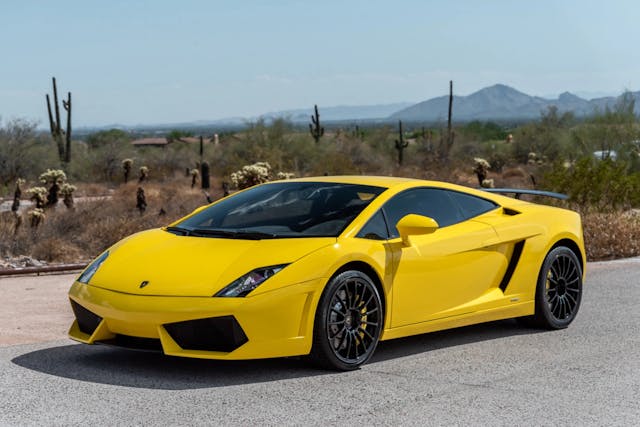
(+50% for manual)
We’ve reported on the Mucielago’s big stick shift premium before; in the Hagerty Price Guide, a manual Murci is worth 35 percent more than one with the “e-gear” single-clutch manu-matic. For manual V-12 Lamborghinis, the Murci was the end of the line, as the stick dropped from the Big Lambo with the introduction of the 2012 Aventador. The last raging bull to let you row your own gears, though, was the 2014 Gallardo, and those cars predictably carry a 50-percent premium over the e-gear.
Lamborghini unveiled the Gallardo for it’s 40th anniversary, and production closed out during the company’s 50th. The second model introduced under Audi’s corporate umbrella after the Murci, it spawned a stunning 32 special edition models over 14,022 units produced. When the last one left Sant’Agata Bolognese, nearly half of all Lamborghinis ever made were Gallardos.
Since Lamborghini aimed its V10 wedge at a global audience, quite a few buyers snapped one up for bragging rights and music videos, leading to sales overwhelmingly favoring the paddle-shift cars. But as Gallardos have started to make that transition from used exotic to modern collector car, the open-gate shifter is attracting more attention.
Some recent market highlights include an early 2004 coupe with 6,000 miles sold for $189K, a 2006 Spyder sold for $159,500, and a 2014 LP560 Anniversario model (one of just 25 equipped with a manual in the US) sold for $245,000. In each case, the stick accounted for at least a 50 percent bump in the sale price.
Music video casting credits aside, Gallardos likely have enduring star power. Despite the Lambo’s high costs, over 80 percent of Hagerty insurance quotes for Gallardos come from Millennial or Gen X enthusiasts.
2004-07 Porsche Carrera GT
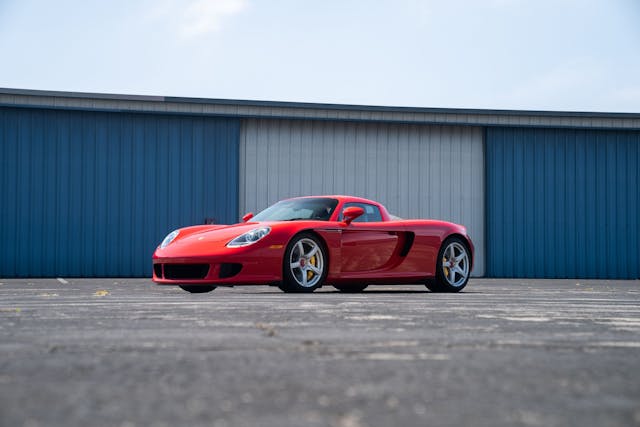
Porsche only ever offered the legendary Carrera GT with a six-speed manual, and it was one of the last “mainstream” hypercars to come that way. There may not be an automatic version to compare it to, then, but let’s take a look at a period rival: the 2004–2010 Mercedes-Benz SLR McLaren.
While different in look and layout, each was the halo model for its respective manufacturer and comparisons between the two in media were endless back in the day. Both also cracked dynos with 600-plus horsepower engines and shredded wallets with MSRPs that started around $450,000. And yet, the stick shift-only Porsche is worth over four times as much as the auto-only Merc McLaren.
Carrera GT values skyrocketed last year, and so far in 2022, there have been three sold at auction for over $2M. The difference between the two cars isn’t all down to the thing between the seats, but the contrast here is a stark one.
2008-15 Audi R8
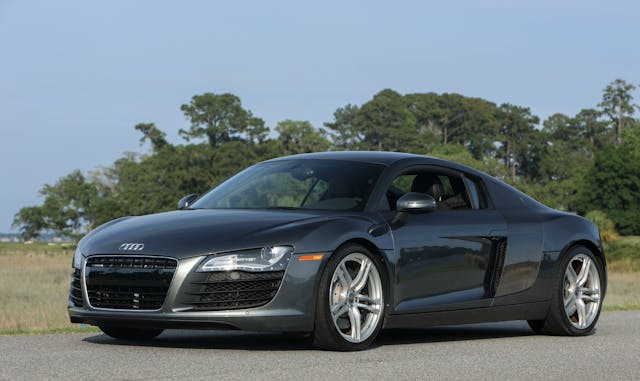
(-20% for S-tronic or R-tronic)
Built on the same platform as the Lamborghini Gallardo but engineered with a bit more civility, the R8 capitalized on the company’s continued success at Le Mans. The first Audi that could really be called “exotic,” it initially came only with a 4.2-liter V-8 plucked from the RS4 and either a six-speed single-clutch automated manual or a true six-speed stick with a lovely aluminum open-gate shifter. A 5.2-liter V10 version (the engine from the Gallardo) was introduced in late 2008.
The Hagerty Price Guide carries a -20 percent deduction for R8s with either the R-tronic (six-speed) or S-Tronic (six-speed) autos. A six-speed 2008 R8 once owned by F1 and Indy winner Juan Pablo Montoya sold for $123,200 in Monterey this year, followed soon after by a 2015 V10 6-speed that sold for a massive $210,000. And despite being a more mature exotic than the shouty look-at-me Gallardo, the R8 is nearly as popular among younger enthusiasts as its Lamborghini cousin. Nearly 72 percent of insurance quotes for R8s come from Gen X or Millennials.
2002-06 Ferrari 575M Maranello
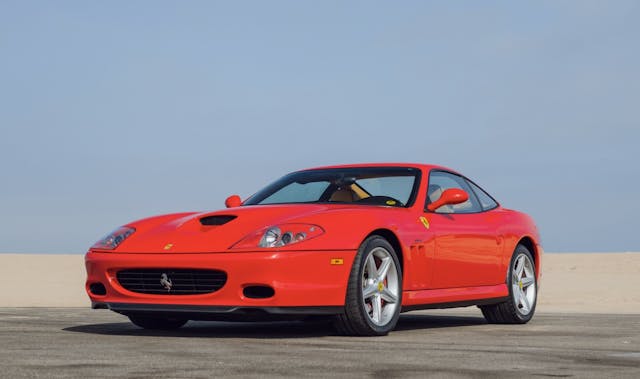
(+125% for manual)
After Ferrari sold over 3,000 units of the 550 Maranello (all with six-speed manuals) from 1996-2001, the company introduced the 575M, a revised 550 with a facelift, fresh interior, and extra displacement. Ferrari also offered the F1 single-clutch automated manual gearbox on its latest gran turismo, and a lot of people ticked that box. Of the 2,056 cars built, just 246 sold with a manual with only about 80 of those coming to the U.S. market.
Now, almost 20 years later, buyers swoon when a 575 with a third pedal pops up for sale. The current condition #1 (Concours, or best-in-the-world) value for a 575M Maranello is $160,000, but a 5K-mile car in rare colors sold back in March for $415,000, and a 10K-mile car just sold in Monterey for $390,000.
2007-11 Ferrari 599 GTB Fiorano
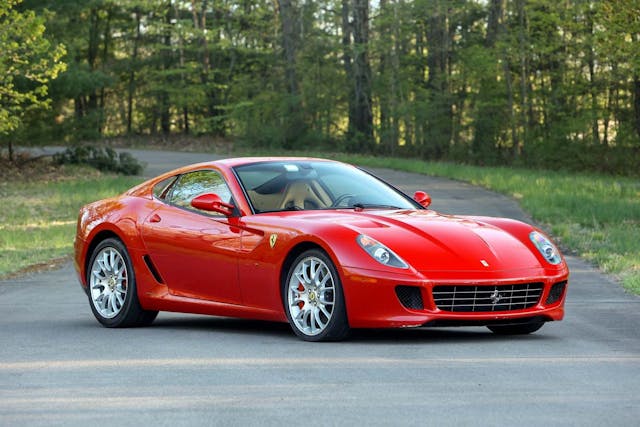
Named for Ferrari’s famous test track, the 599 GTB Fiorano picked up where the 575 left off with a bigger engine, more performance, and more sophistication. As with the 575, the good-old-fashioned open-gate six-speed was available, but most of the people picking up a 599 new opted for the convenience of paddles. And if a manual 575 sounds rare, a manual 599 is a real unicorn. Of the 3,500 built, just 30 got a six-speed stick and only 20 of those came to North America.
It’s a big deal when one of those precious few cars crosses the block, and the market almost treats it like an entirely different car. The current #1 value for a 599 GTB Fiorano in the Hagerty Price Guide is $245,000, but a 4,700-mile stick shift car sold for $709,000 at auction last year. An even better example of the manual premium popped up in Monterey this year. Two black 2007 599s with similar mileage crossed the same auction block there, with the auto car fetching $192,500 and the manual car absolutely hitting it out of the park with an $880,000 final price. Another one is up for auction this month, with an estimate of $550,000 – $650,000.
Check out the Hagerty Media homepage so you don’t miss a single story, or better yet, bookmark it.
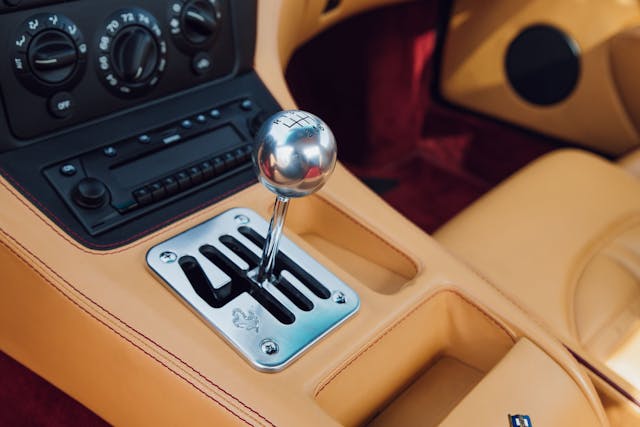
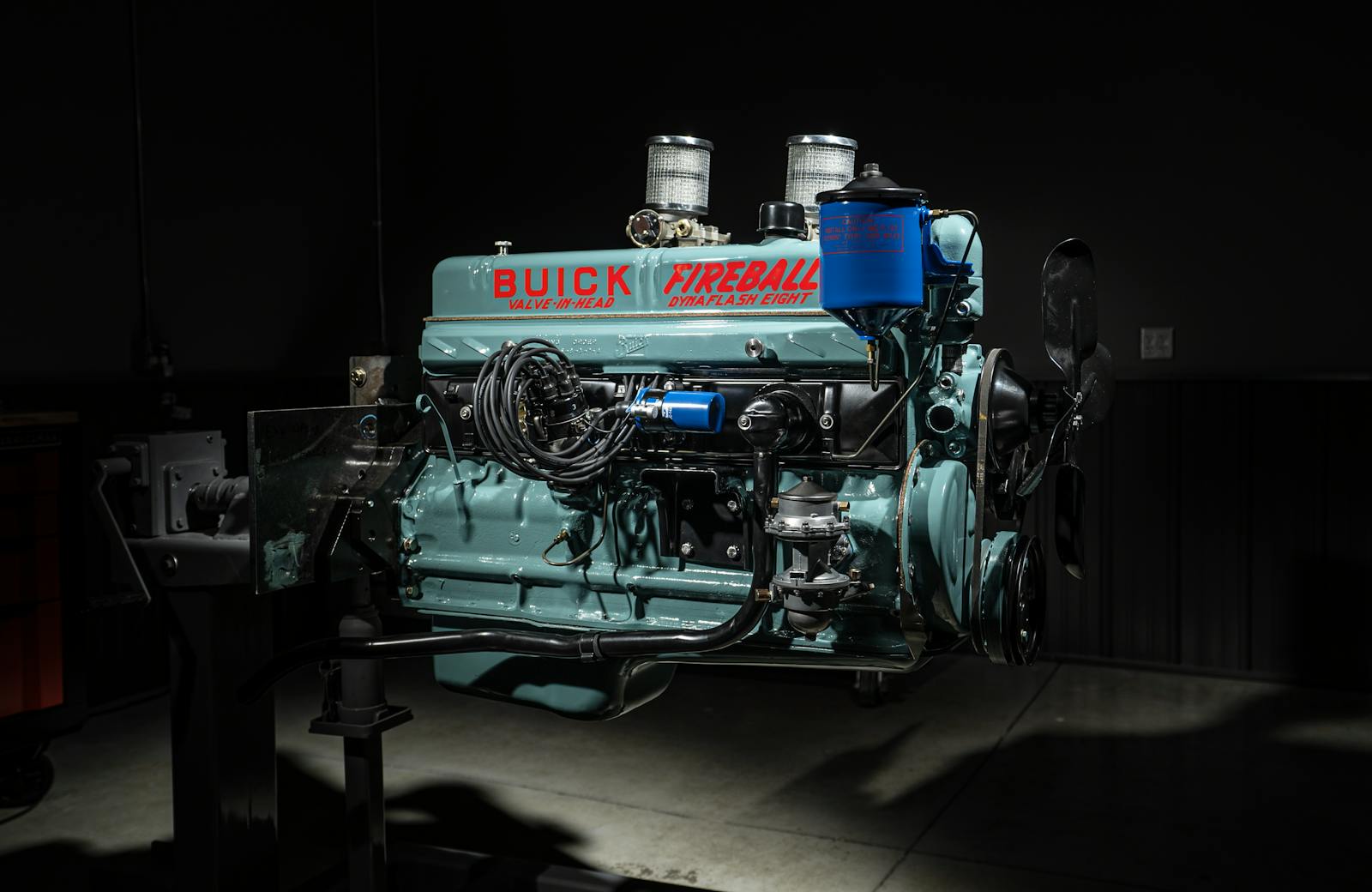
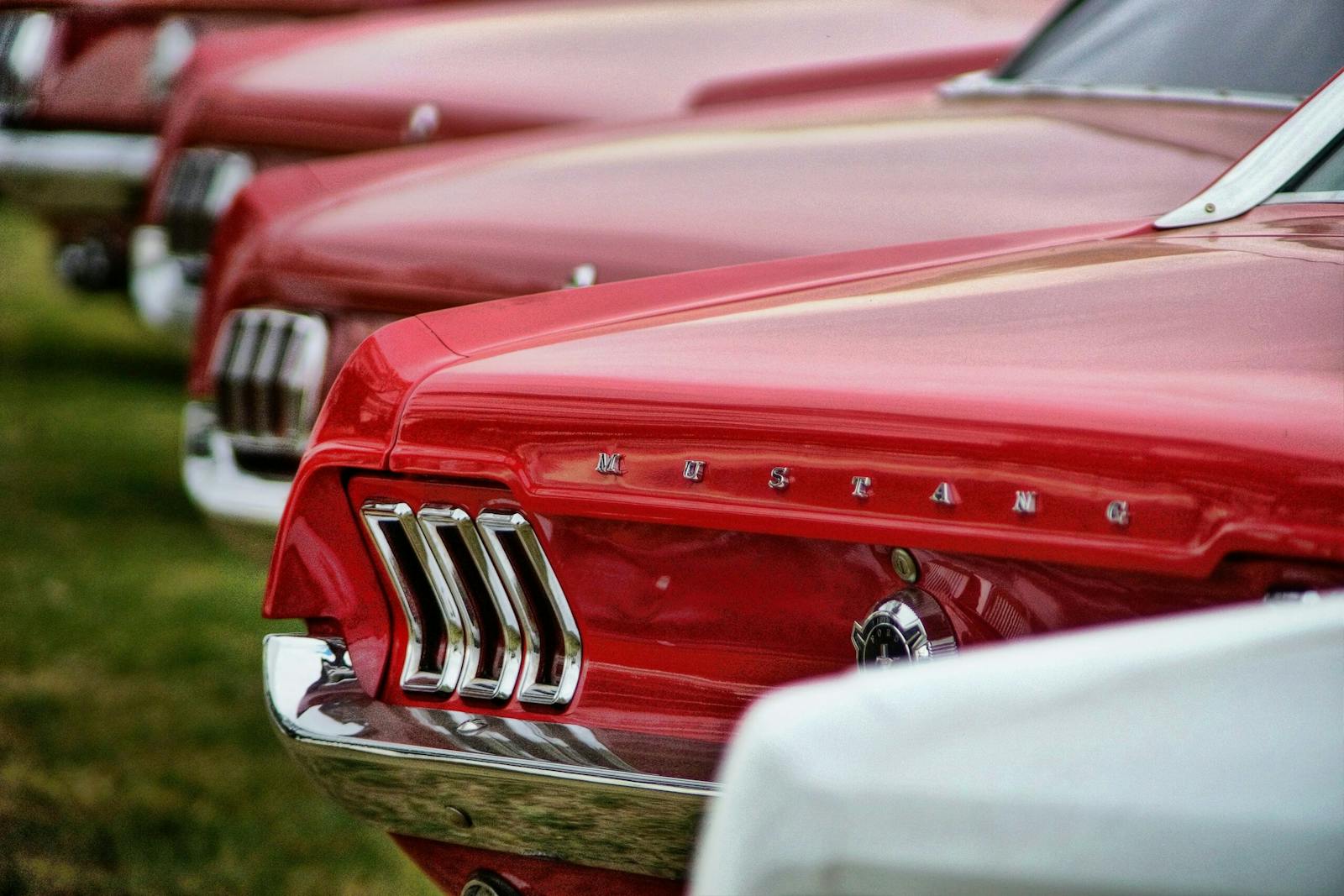
e46 m3, smg vs stick is a pretty big price gap